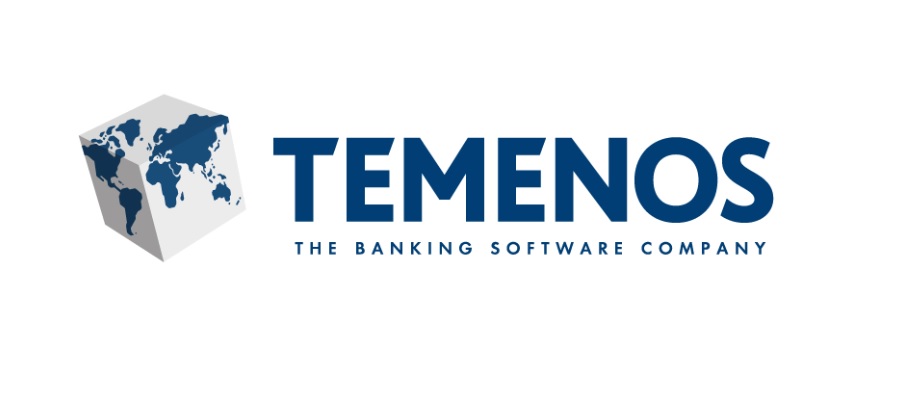
Temenos Cross Border Payments Enterprise Service helps banks and PSPs to accelerate time to market for new products and improve customer experience.
Temenos launched a SaaS enterprise service for cross border payments, empowering Payment Service Providers (PSPs), including banks, electronic money institutions (EMIs) and fintechs, to swiftly launch and lower the cost of cross border payment services.
Temenos Cross Border Payments Enterprise Service is for any organization currently supporting or seeking to support cross border payment flows. The industry is under pressure to up its game on cross border payments with the G20 targets to be met by 2027 for the speed and cost of transactions, transparency of process and fees, and access to multiple options and services.
„Temenos Cross Border Payments Enterprise Service enables organizations to address these challenges and support their G20 goals. Pre-configured and easily consumable the enterprise service reduces the risk of change and speeds the time to market. This is especially important to organizations running legacy solutions that have cross border payments embedded within the larger payments suite.” – according to the press release.
By using the service, PSPs will be able to connect to multiple low-cost remittance networks, utilizing real-time rails. The service is ISO20022 ready and supports SWIFT-based flows.
„Leveraging cloud-native technology and low-code tools, the Temenos Cross Border Payments Enterprise Service is both scalable and cost-effective. This allows PSPs to efficiently increase payments volumes with high STP rates, effectively reducing costs while also enhancing customer satisfaction. Furthermore, the utilization of automation results in faster completion times and reduced operational costs.” – the company explained.
Delivered as Temenos SaaS, PSPs also benefit from Temenos’ continuous updates service, helping them support changes in regulations and new messaging standards globally. With Temenos SaaS, the processing organization also benefits from top-tier security and high-performance Service Level Agreements (SLAs) on a highly scalable platform.
Mick Fennell, Business Line Director – Payments, Temenos, said:
“With the launch of Cross Border Payments Enterprise Service, Temenos reaffirms its commitment to customer-centric innovation within the payments industry. This pre-configured, fast-to-market solution streamlines cross-border payments, empowering banks and other PSPs to thrive in an increasingly competitive, real-time and diverse landscape.”
Christine Barry, Leader of Strategic Initiatives, Research, at Datos Insights, commented:
“At Datos, our surveys show significant increases in cross-border payments volume, and inefficiencies in processing international transfers which are straining corporate back offices that are using manual processes to interact with their banks. The opportunities to improve the cross-border payments experience are wide open to those who are looking to innovate and lead the market. We believe that scalable technology with smart processing, such as that from Temenos, can help payments providers to compete by lowering routing costs and reducing payment delivery times, ultimately improving customer experiences.”
Banking 4.0 – „how was the experience for you”
„To be honest I think that Sinaia, your conference, is much better then Davos.”
Many more interesting quotes in the video below: